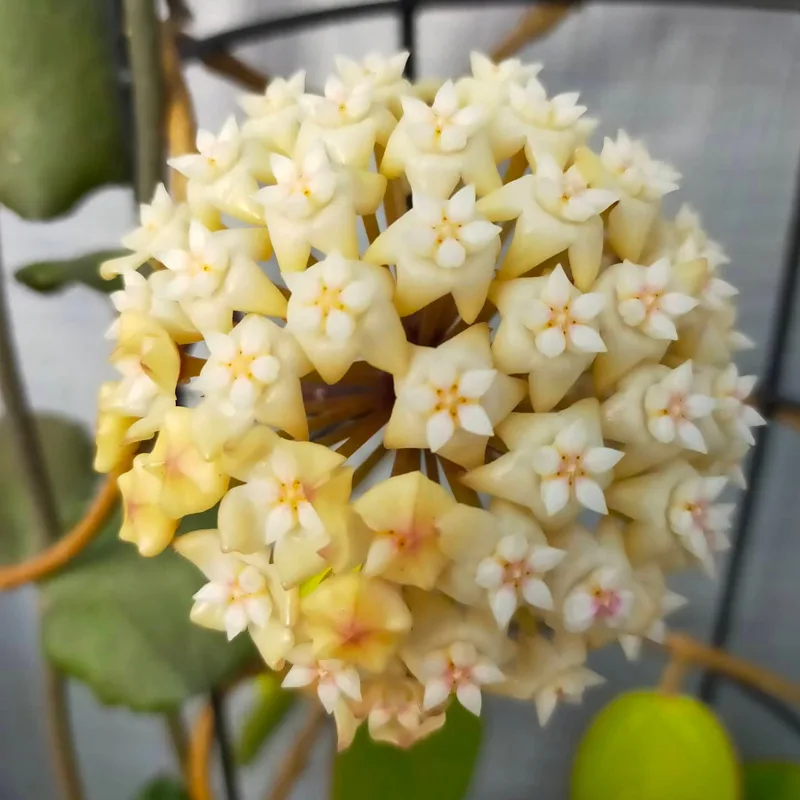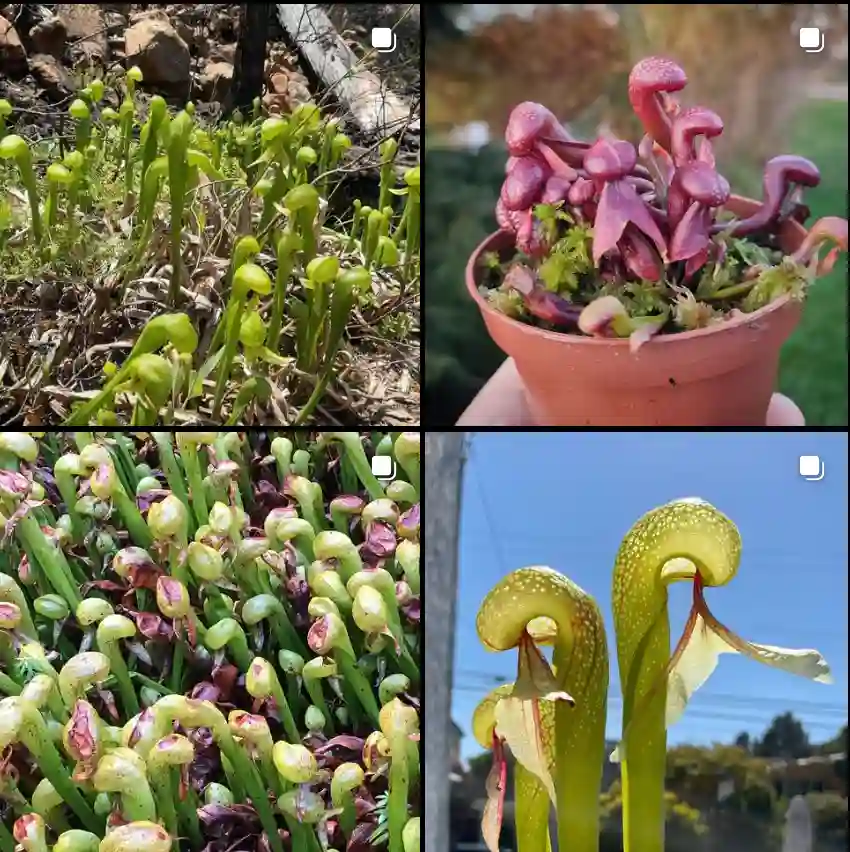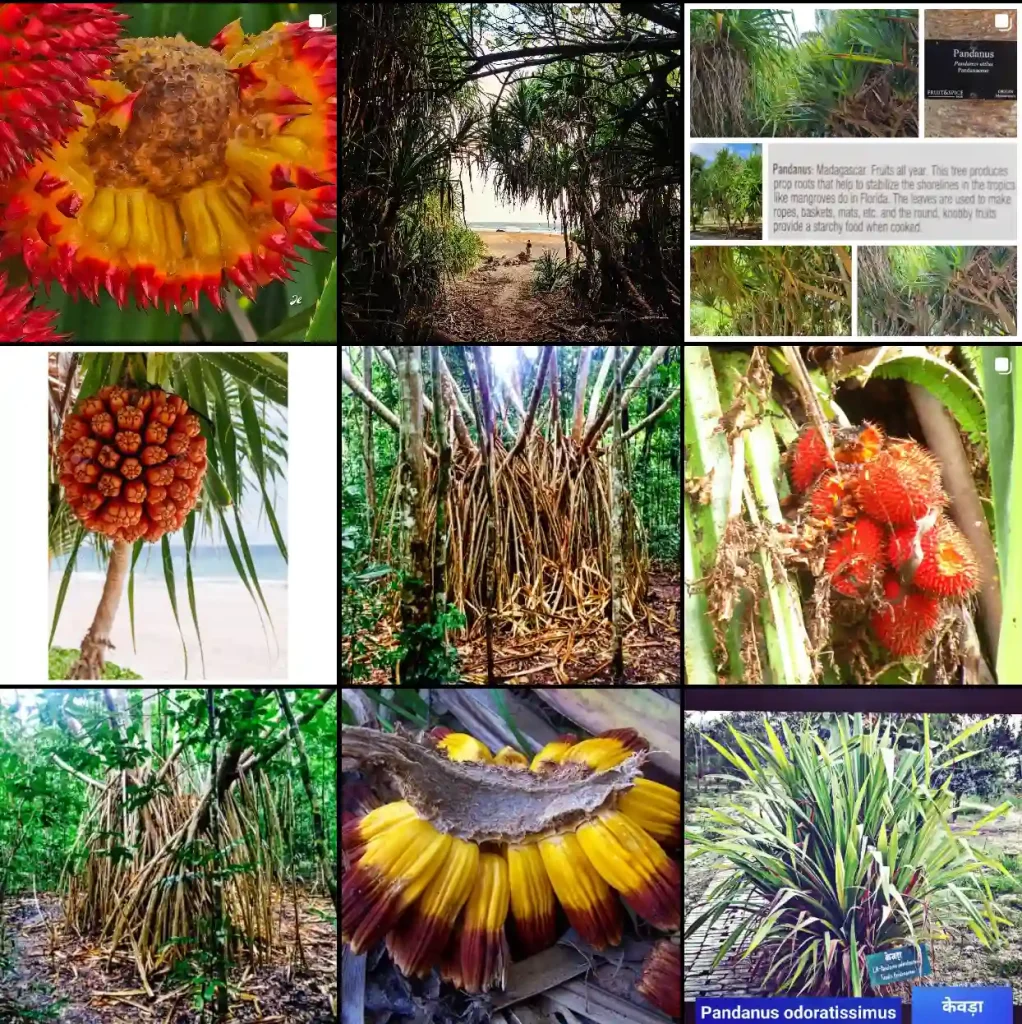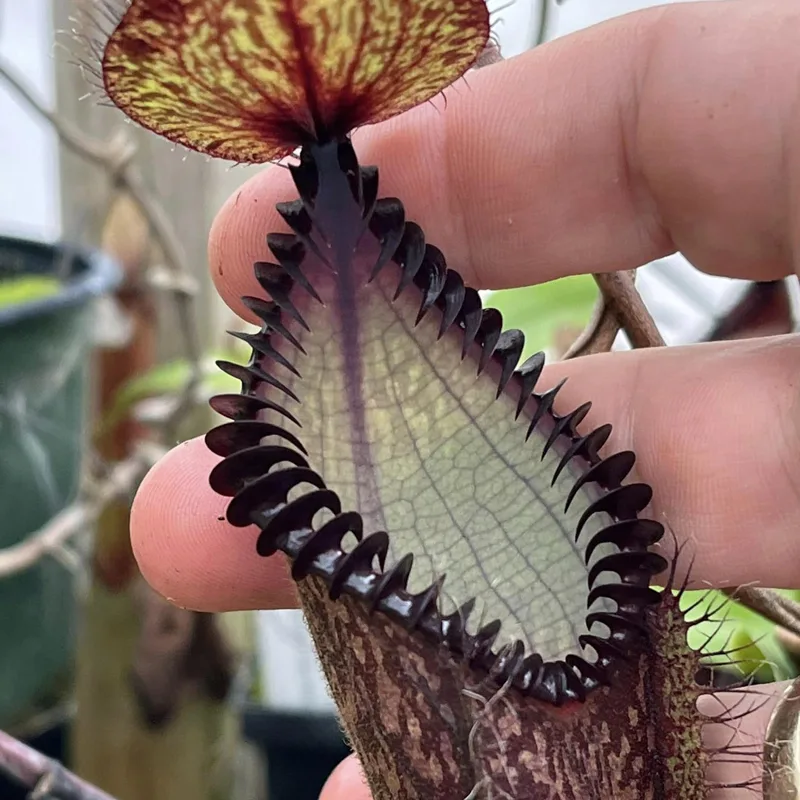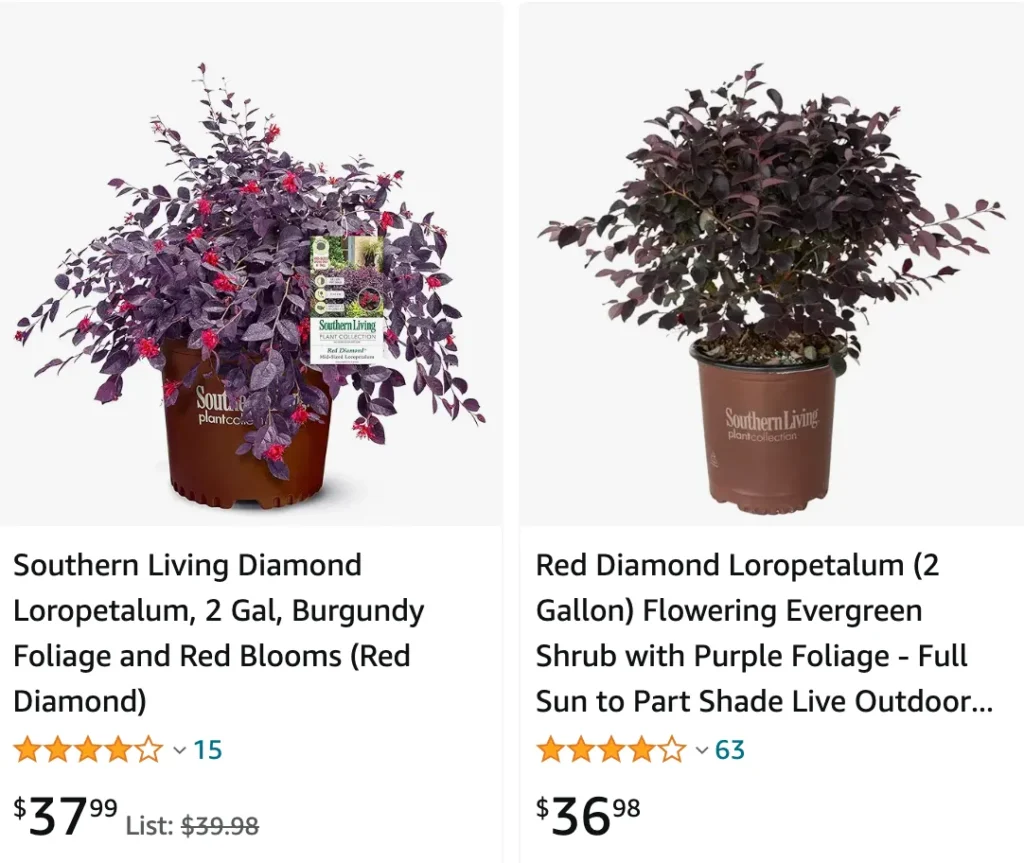
The Red Diamond Loropetalum: A Burst of Color for Your Landscape
As a homeowner with a passion for creating a vibrant outdoor space, I’m always on the lookout for plants that add a pop of color and low-maintenance appeal. That’s where the Red Diamond Loropetalum comes in. This stunning evergreen shrub has quickly become a favorite in my garden, boasting deep burgundy foliage and vibrant red blooms that transform the landscape.
If you’re looking for a reliable and eye-catching addition to your yard, then the Red Diamond Loropetalum might just be the perfect choice. But before you head to the nursery, let’s delve deeper into this fantastic plant and explore everything you need to know to keep it thriving.
5 Species in Genus Loropetalum – Chinese Fringe Flower
What is a Red Diamond Loropetalum?
The Red Diamond Loropetalum (Loropetalum chinense ‘Shang-Red’) is a compact, bushy evergreen shrub that boasts year-round interest. Its most striking feature is undoubtedly the deep burgundy foliage, which holds its rich color throughout the seasons. But the true showstopper comes in late winter to early spring, when the Red Diamond erupts in a dazzling display of deep red, fringed flowers. These vibrant blooms resemble long, thin ribbons and completely transform the shrub’s appearance.
The Red Diamond is a versatile plant, well-suited for various landscaping purposes. It can be used as a stunning specimen planting, adding a focal point to your garden bed. Planted in mass, these shrubs create a dramatic and colorful hedge, while their compact size makes them ideal for borders or even container gardening.
How to Care for Red Diamond Loropetalum?
The good news is that the Red Diamond Loropetalum is a relatively low-maintenance plant, making it perfect for busy homeowners like myself. Here’s what you need to know to keep your Red Diamond thriving:
- Planting: Choose a location that receives full sun to part shade. Red Diamond thrives in well-drained soil rich in organic matter. Amending your planting hole with compost or aged manure is a great way to provide the nutrients it needs.
- Watering: Water your Red Diamond Loropetalum regularly, especially during the first year after planting, to establish a strong root system. Once mature, the plant is fairly drought tolerant but will appreciate a good drink during extended dry periods.
- Fertilizing: A light application of a balanced fertilizer in late spring will encourage healthy growth and vibrant blooms. Avoid over-fertilizing, which can damage the plant.
- Mulching: Apply a layer of mulch around the base of your Red Diamond to help retain moisture, suppress weeds, and regulate soil temperature.
How Fast Do Red Diamond Loropetalum Grow?
The Red Diamond Loropetalum is considered a moderate grower, typically reaching a mature height of 5-6 feet and a spread of 4-6 feet within 5-7 years. This makes it a great choice for gardeners who appreciate a predictable growth rate and don’t want a shrub that will quickly outgrow its space.
How to Prune Red Diamond Loropetalum?
While the Red Diamond Loropetalum has a naturally compact growth habit, occasional pruning can help maintain its shape and encourage bushier growth. The best time to prune your Red Diamond is after it finishes flowering in late spring or early summer.
When pruning, focus on removing any dead, diseased, or damaged branches. You can also lightly shape the shrub to maintain its desired size and form. Remember, it’s always better to prune conservatively and avoid drastic cuts that can take away from the plant’s natural beauty.
Additional Tips for Red Diamond Loropetalum Success
- Pests and Diseases: The Red Diamond Loropetalum is generally resistant to most pests and diseases. However, keep an eye out for scale insects, which can appear as small bumps on the leaves. If you notice an infestation, treat it with insecticidal soap or neem oil.
- Winter Protection: The Red Diamond is hardy in USDA zones 7-10, meaning it can withstand temperatures down to 0°F to 10°F. In colder climates, you may want to provide some winter protection, especially for young plants. Wrapping the base of the shrub with burlap or applying a layer of mulch around the root zone can help insulate it against harsh winter winds and freezing temperatures.
With its stunning red blooms, vibrant foliage, and compact size, the Red Diamond Loropetalum is a true gem for any garden. By following these simple care tips, you can ensure your Red Diamond thrives for years to come, adding a burst of color and year-round interest to your landscape.
If i die, water my plants!
